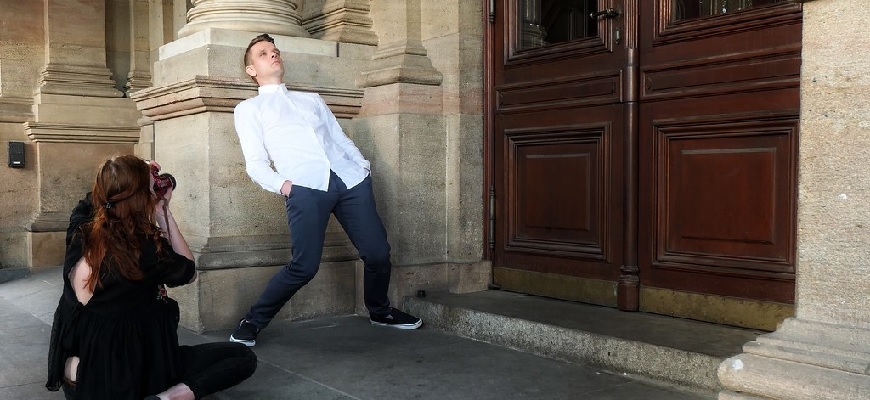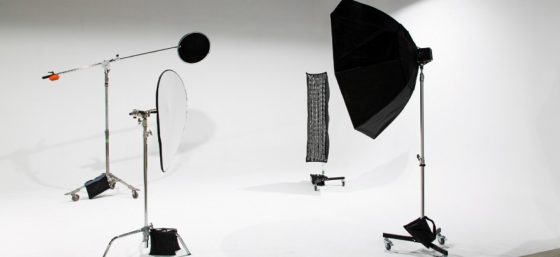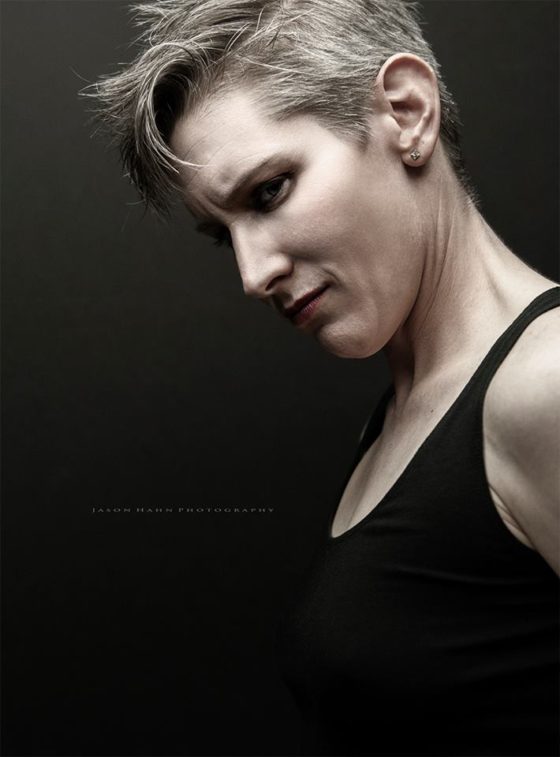
One of the problems I’ve heard about from a number of photographers is clients not understanding what the photographer will and will not do for them. A way to manage client expectations is to clearly document them in your contract.
Clearly State What the Client is Getting and When
When your prospective client reads your contract, it should be as crystal clear as possible what they are hiring you to do. This includes providing expectations when deliverables will be ready. Your contract may say things like:
- You will show up on time and prepared to shoot the client’s wedding if they’ve paid your fee for the event in advance, or alternatively, the wedding party will not receive proofs from the event until they’ve paid in full, including any extra fees incurred because they asked you to stay late.
- Proofs will be ready 3-4 weeks following the event.
- The model is being compensated for their time and talent with money.
When I review a contract, sometimes I take my notebook and divide it into two columns – one for each party to the contract – and make a list about what each side is giving and getting in return. Your client should be able to do the same, which means the contract needs to be written with verbiage that they (and you) can understand.
Be Clear About What the Client is Not Getting
Along with being clear about what the client is hiring you to do, you may want to include terms that clarify what they client isn’t getting in this transaction. This may include things like:
- You will show the client the best images from the event. The client will not be allowed to see every image shot at the event.
- You make no guarantee that you’ll be able to capture every image the client hoped you’d get.
- Unless the client paid for extra editing, you will not photoshop the client to make them look like a completely different person.
- If the client only paid for images for personal use, they can’t use them to market their business.
- The client is not getting a license to modify the images. This includes running the images through a filter before putting them on Instagram.
Additionally, I hope your contract has a provision entitled “Entire Agreement” that states that the terms therein constitute the entire understanding between the parties, and the contract supersedes all previous verbal and written exchanges. That way, anything that isn’t written in the contract is, be definition, not part of the agreement.
Contract = Relationship Management Document
The best way I can describe a contract is that it is a relationship management document. It clearly states each side’s responsibilities, helps manage expectations, and mitigates problems.
Your photography contract is the master document that applies to your relationships with your clients. When a client hires you for your talents and services, they must agree to abide by your rules. Whatever your concerns are about client behavior, make sure to address them in your contract.
An effective contract can save you from stress, headaches, and legal bills. It won’t eliminate problematic clients from your life, but it will help you manage them more effectively when you can respond to their complaint with a copy of the signed contract and saying, “As you can plainly see in the agreement you signed on [date], you acknowledged/agreed that . . . “
You may also want to have a section of your website where you share with prospective clients, “My Commitment To You” where you can lay out your promises to clients. You can even include a section that starts with, “While I promise to do my best for you, I’m not a miracle worker.” From there you can go into some of the things that you can’t or won’t do for clients.
Lights Camera Lawsuit
There’s always a need for quality legal information for photographers. That’s why I created an online course called Lights Camera Lawsuit: The Legal Side of Professional Photography to address photographers’ most important questions. I want you to feel secure in your business, confident in the way you operate day-to-day, knowing that you’ve set yourself up to get paid what your worth without incident.
At $497, the course contains nearly six hours of legal information you can immediately apply to your business. That’s less than what I charge for two hours of legal work for clients!
Please subscribe for more information and to make sure you don’t miss out on any special offers or discounts.






